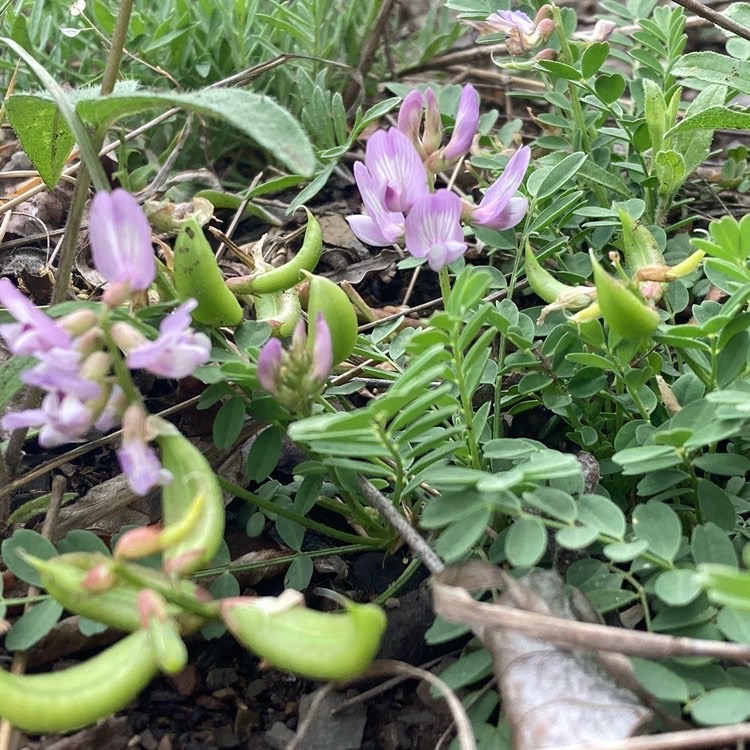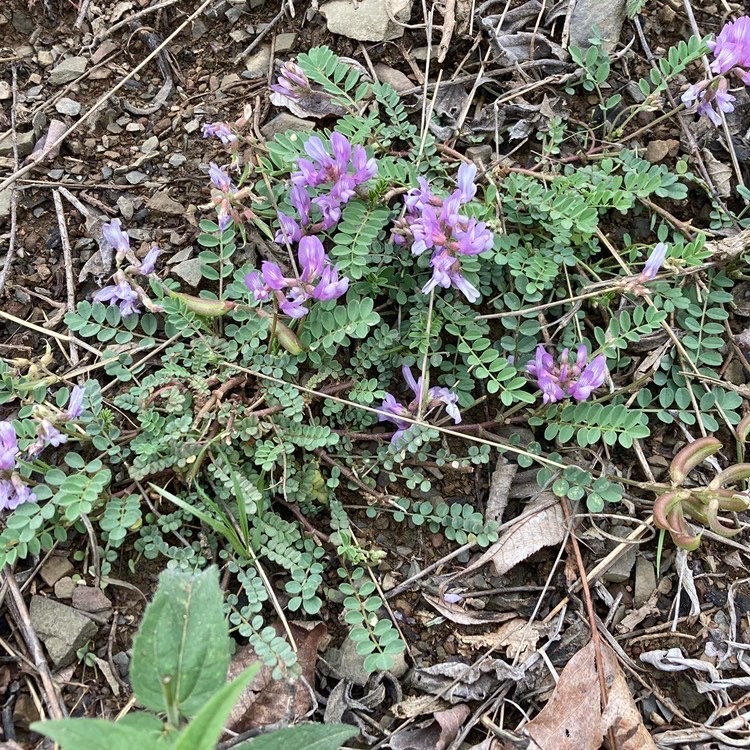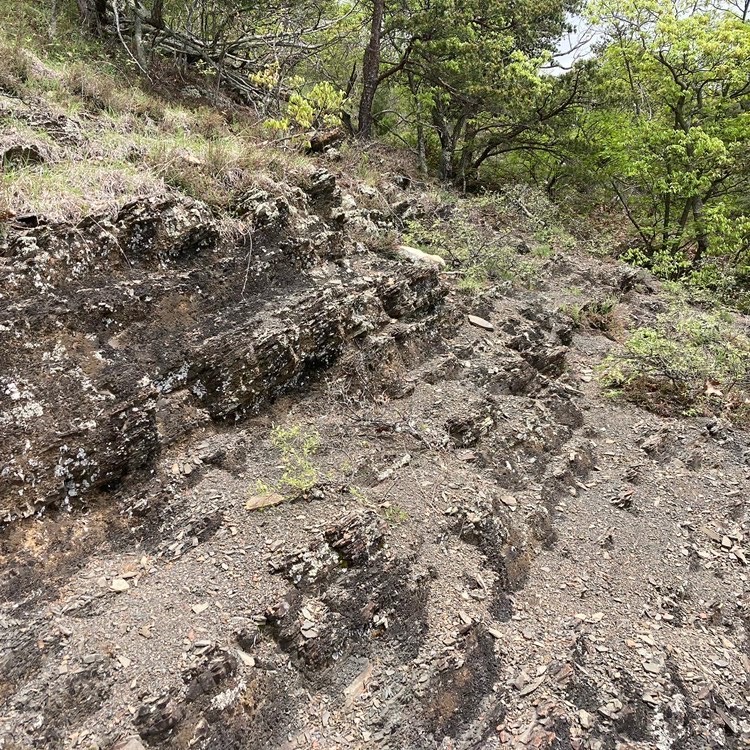
 Department of Conservation and Recreation
Department of Conservation and Recreation
Conserve. Protect. Enjoy.
 Department of Conservation and Recreation
Department of Conservation and Recreation
By Guest AuthorPosted June 09, 2022
By George Mason University College of Science
A research team of students, faculty and alumni at George Mason University, led by Andrea Weeks, associate professor, associate chair of research, Department of Biology, helped rediscover a population of Ozark milkvetch on Short Mountain in Shenandoah County.
 As the name implies, Ozark milkvetch (Astragalus distortus var. distortus) is predominantly distributed far to the west of Virginia in the Ozarks region.
As the name implies, Ozark milkvetch (Astragalus distortus var. distortus) is predominantly distributed far to the west of Virginia in the Ozarks region.
On May 5, 2022, Weeks, and Mason biology graduate student Mathew Sheik, collaborated with Senior Botanist Johnny Townsend and Vegetation Ecologist Joey Thompson from the Virginia Natural Heritage program to make this rediscovery.
 The species is known from only six locations in Virginia, most from collections in the 1930s. Ozark milkvetch had not been observed on Short Mountain in Shenandoah County since 1987.
The species is known from only six locations in Virginia, most from collections in the 1930s. Ozark milkvetch had not been observed on Short Mountain in Shenandoah County since 1987.
Hundreds of individuals of the species were found on a large calcium-rich shale barren, allowing the rank of the species to be changed from state Historical (SH) to state Critically Imperiled (S1). The species is known in only six locations in Virginia, most from collections in the 1930s. Yet, it had not been observed at this location since 1987.
 Hundreds of the flowers were found on a large calcium-rich shale barren. Central Appalachian Shale Barrens are a globally uncommon ecosystem that host many locally rare plant and animal species.
Hundreds of the flowers were found on a large calcium-rich shale barren. Central Appalachian Shale Barrens are a globally uncommon ecosystem that host many locally rare plant and animal species.
Continue reading this article at GMU Science News.
Categories
Conservation | Native Plants | Natural Heritage | Nature
Tags
native plants

